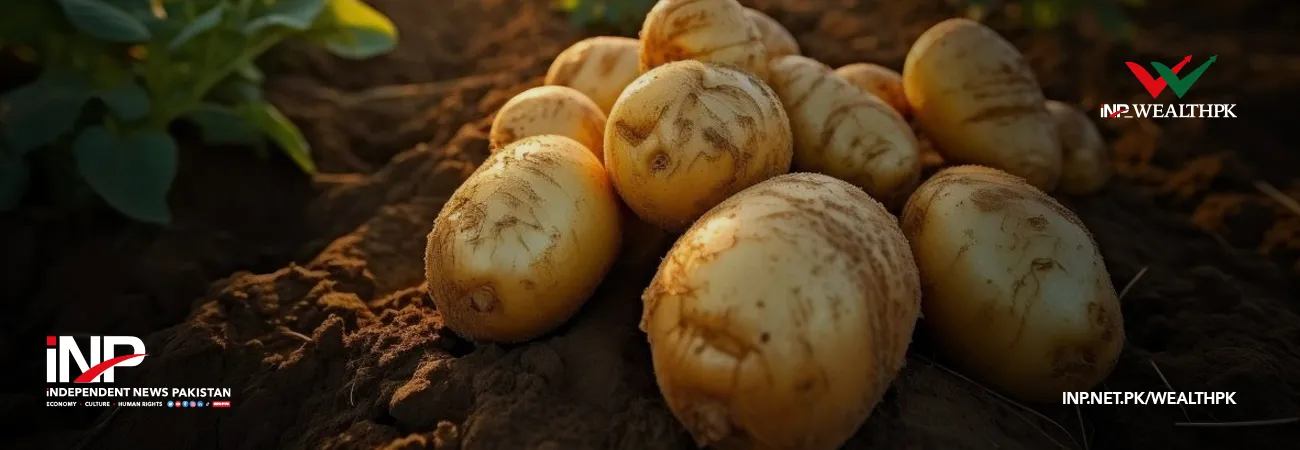INP-WealthPk
By Muhammad Mudassar
ISLAMABAD, Feb. 04 (INP-WealthPK): The Asian Development Bank (ADB) has sanctioned $200 million for improving the Punjab’s irrigation system in order to boost agricultural production in the province’s southern arid-zone districts.
The project will help increase agricultural output by ensuring consistent water supply to 704,000 hectares of land in Bhakkar, Jhang, Khushab, Layyah and Muzaffargarh districts where sugarcane, gram and cotton are the major crops.
The bank will also help improve on-farm agricultural command area, pilot water conservation technologies such as land-levelling and high-efficiency irrigation systems, and train farmers in water management and climate-resilient agricultural practices.
The bank will assist with the construction of the Choubara branch system, which includes a 72-kilometre branch canal, 11 secondary canals totaling 251 kilometres, and 11 tertiary canals totaling 127 kilometres. The main canal and Mankera branch areas have around 49,000 farming households and the Choubara branch areas have about 38,000 such households. Most farmers in these areas own less than 12 acres of land.
Farmland in these districts is irrigated either through canals, tube-wells or rain. While the major source of irrigation in these areas is the Thal Canal, a large sandy area still depends on rainfall.
Pakistan practices irrigated agriculture on 16 million hectares of land out of the total 20 million hectares, while four million hectares is dependent on rain.
There are different methods of irrigation. According to the Punjab’s agriculture department, major mode of irrigation is tubewells (20.3%), canals (34%), wells (1.7%), canal tubewells (40.8%), canal wells (1.3%), and others (1.7%).
 Source: Agriculture Department Punjab (2021)
Though Punjab is the most populous and largest contributor to the country’s economy, the irrigation system in the province is almost a century-old, whose overhaul and expansion has become a major challenge for the provincial policymakers amid a rapid rise in population.
Pakistan’s major irrigation needs (8.6 million hectares) are met through the Indus Basin, which has the world’s largest irrigation systems built by the British engineers between 1847 and 1947.
Available surface water in Pakistan
Source: Agriculture Department Punjab (2021)
Though Punjab is the most populous and largest contributor to the country’s economy, the irrigation system in the province is almost a century-old, whose overhaul and expansion has become a major challenge for the provincial policymakers amid a rapid rise in population.
Pakistan’s major irrigation needs (8.6 million hectares) are met through the Indus Basin, which has the world’s largest irrigation systems built by the British engineers between 1847 and 1947.
Available surface water in Pakistan
| Surface water (million-acre-feet) | ||
| Years | At canal Head | At farm gate |
| 2015-16 | 102 | 82 |
| 2016-17 | 105 | 82 |
| 2017-18 | 98.5 | 82.7 |
| 2018-19 | 88.44 | 76.4 |
| 2019-20 | 98.57 | 80.2 |













